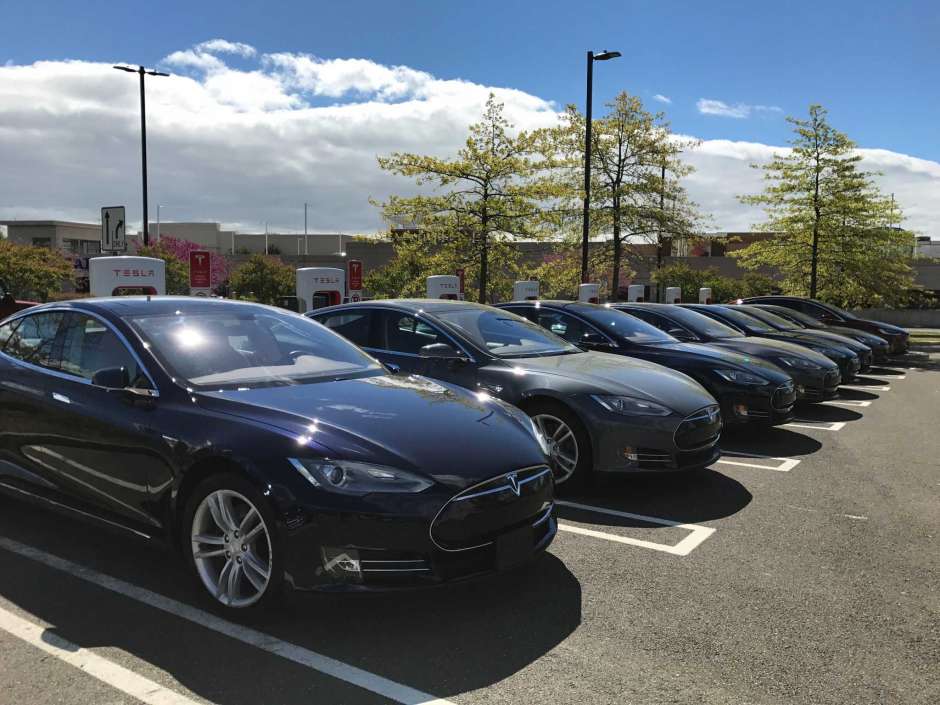The transition to new mobility requires a review of routines or tasks learned over more than a century in the history of traditional automotive based on vehicles with combustion engines.
The list of elements or systems to be periodically reviewed or the possibility of suffering a breakdown due to wear and tear of the parts required an excellent follow-up of the maintenance of the car with a gasoline or diesel engine.
A set of needs that, thanks to the new technology of electric vehicles, has been reduced and simplified thanks to the nature of electric motors.
The electric car revolutionizes maintenance
The use of the electric car invites you to forget about specific habitual actions in traditional vehicles, such as changing the oil filter and the lubricant itself.
In the same way, the spark plugs of gasoline engines such as heaters or glow plugs will be another memory of the past since electric cars lack this ignition system.
Regarding the burning of fossil fuels, electric vehicles use clean energy that does not directly generate harmful gases into the environment, nor does it need air to produce electricity. In this way, changing the air filter is exclusive to traditional engines.
Among the most expensive operations, in all respects, and one of the worst breakdowns that cars with hydrocarbon-fueled propellants can suffer from, which escapes the electrics, whose severity may not compensate for their arrangement, is the of the renewal of the timing belt or chain. In the case of being broken while the engine is running, may cause the eviction of the vehicle.
And if the replacement of the chains or timing belts are costly operations, another of the saving points in the maintenance of electric cars is that of the majority absence of gearboxes at various speeds and, therefore, of the clutch kit.
It is true that some manufacturers, both gearboxes and clutches as well as automobiles, have presented proposals that include gearboxes. Still, these are vehicles, usually of very high performance and whose production is limited to that of near-exposure or intended for competition.
Therefore, it can be assured that, for most of the users of electric cars, the fear of breaking the gearbox or clutch is non-existent. It is an element that is not present in vehicles that are exclusively used to electrical energy a power source.
With current demanding regulations regarding the reduction of toxic and greenhouse gases, one of the most conflictive points that will have no place in that of electric cars is one of the most critical sections in the periodic reviews of the ITV: the gas expulsion system.
From the particle filters or antiparticle filters to the catalysts, passing through the pipes that carry the exhaust gases from the engine block, such as the collectors, intermediate sections and the final exhaust itself, along with the silencer, which mitigates another type of pollution. None of these elements is present in an electric car as they are exclusive and necessary members of gasoline or diesel cars.
A saving that shows in the day to day
If we talk about fossil fuels, we cannot forget the most common operation that, not for being part of a list of mechanical maintenance, is still so recurrent and necessary that they are already part of the routine of car use, such as refuel.
On the one hand, the most important thing is that using an electric car means direct fuel savings. In fact, according to general simulations, the cost of recharging 20 kWh is approximately 2 euros.
A volume of load that, taking as an example the Volkswagen ID.3, the electric reference compact of the German firm whose imminent commercialization will be carried out with three levels of load capacity of 45, 58 and 77 kWh, with a rule of 3 fast. This gives us the idea of how little it costs to charge the battery of an electric car.
On the other hand, although it may seem a bit frivolous, switching to the new electric mobility will avoid making a mistake when refueling the right fuel. According to a 2017 study, confusing the fuel pump with diesel fuel or vice versa is one of the most common reasons why roadside assistance services are required and, therefore, one of the most common reasons for that a traditional motor car comes to the workshop.

